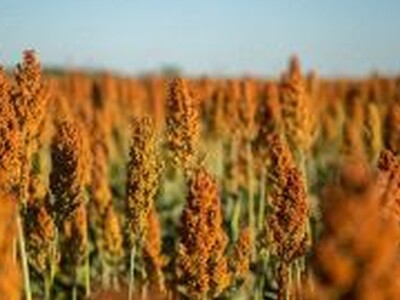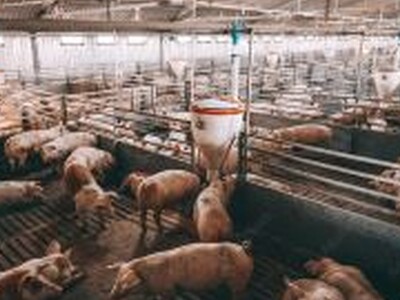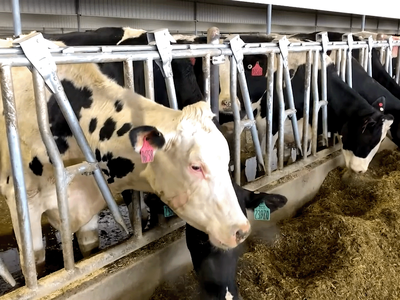More Milk
Dairy farmers are taking a close look at a US Department of Agriculture report just out that shows that US Dairies will produce more milk from fewer cows and lower prices. "It's terrific that US cows keep producing more and more milk each year," said USDA economist Carolyn Liebrand. She explained at a recent USDA Ag forum that US cows have produced 1.5-percent more milk per year over the past three years. "It's based on continued genetic improvement and excellent management of the US dairy cow," said Liebrand.Idaho milk production in December was up from the previous year, while prices were nearly $2 per hundredweight (cwt) lower than prices in December 2017. That increased production came from fewer cows, according to the latest USDA, National Agricultural Statistics Service reports. Producers this year will reduce herds but still produce more milk. "We project a 1.2 percent increase for 2019, or 2.5 billion pounds more milk than last years 220 billion pounds," said Liebrand.
Specifically, she adds that December 2018 milk production totaled 2.57 billion pounds, up 1 percent from December 2017. But, the average number of milk cows - 1.27 million head - was down 1,000 from November 2018 and down 5,000 from December 2017. "It's no surprise that the monthly production per cow was up 35 pounds from last December at 2,025 compared to 1,943 in December 2017," according to the report.
The latest USDA NASS Agricultural Prices show all-milk prices for December 2018 at $16 per cwt, 90 cents lower than November 2018 and $1.80 lower than in December 2017. This was 40 cents under the U.S. all-milk prices of $16.40 per cwt and 60 cents lower than November 2018 prices.
Production per cow in the 23 major States averaged 1,966 pounds for December, 23 pounds above December 2017. This is the highest production per cow for the month of December since the 23 State series began in 2003.
The number of milk cows on farms in the 23 major States was 8.72 million head, 21,000 head less than December 2017, and 2,000 head less than November 2018.


















